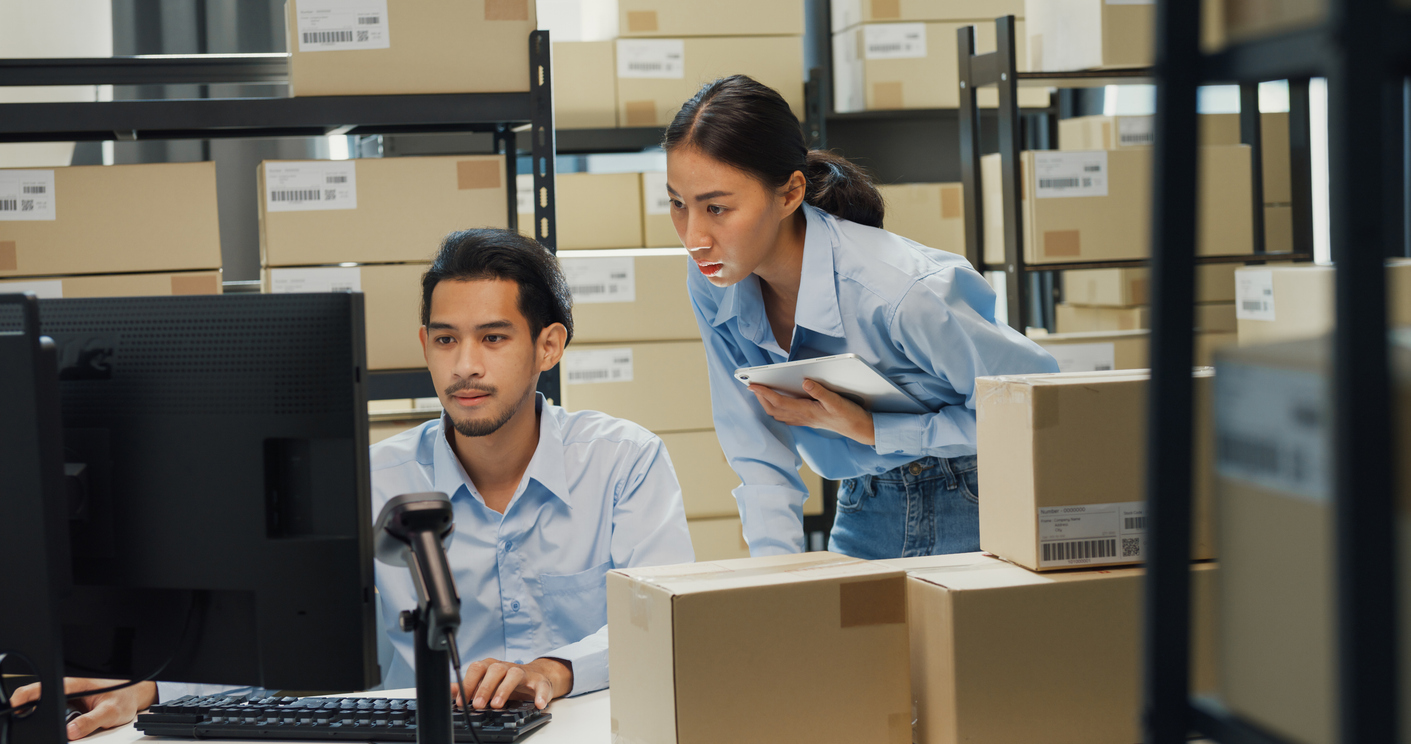
Reverse logistics, the process of managing product returns, repairs, recycling, and disposal, is crucial for organizations aiming to maximize efficiency and reduce environmental impact. By focusing on the key stages of reverse logistics, companies can minimize waste, control costs, and support sustainability. Here’s a breakdown of the five essential stages of reverse logistics:
1. Initiating the Return Process
When customers initiate a return, the organization’s return process begins. A structured approach to managing returns is essential to keep operations smooth. This includes outlining each step that a returned item will go through, from customer notification to processing within the organization. A well-defined returns process helps minimize unnecessary transportation, which can reduce both costs and carbon emissions. For companies handling a high volume of returns, like Amazon, categorizing the reason for each return allows for faster processing and ensures the product is correctly routed.
2. Categorizing the Return
Once a product is returned, it needs to be inspected to determine its next steps. Will it be refurbished, recycled, resold, or discarded? Efficient reverse-logistics processes involve clear systems to categorize returns as soon as they are received. Knowing the reason for a return in advance enables prompt decision-making and minimizes delays. By identifying the correct category quickly, organizations can reduce the time and resources spent handling the returned product and ensure it follows the correct path toward resolution.
3. Moving Products to Minimize Waste
For effective reverse logistics, it’s essential to keep returned items in continuous motion. Items requiring repairs should be promptly sent to the repair department, while those marked for disposal or resale should be moved to the appropriate area. Allowing products to sit idle leads to waste and inefficiency, while fast-tracking their journey through the logistics chain minimizes both. This stage helps organizations avoid the buildup of returned items, ensuring each product’s value is either reclaimed or responsibly redirected.
4. Repairing and Reintegration
Products marked for repair should be handled swiftly to avoid backlogs. Quick repairs allow items to be reintegrated into the organization’s inventory, or, if they cannot be repaired, they can be dismantled, with usable parts sold to manufacturers. This approach extends the lifecycle of a product by allowing functional components to re-enter the supply chain, reducing the need for new raw materials.
5. Recycling or Disposal
If an item cannot be repaired, resold, or parted out, it must be disposed of responsibly. Recycling is a critical aspect of this stage, as sustainable practices in reverse logistics mean handling non-usable items in an environmentally friendly way. Companies should prioritize disassembling products to recycle as many components as possible, which reduces waste in landfills and supports a circular economy.
The Goal: Sustainable Reverse Logistics
No matter the industry, optimizing reverse logistics yields significant benefits for both the business and the environment. The primary goal is to create a circular process that integrates manufacturing, distribution, shipping, repairs, and disposal seamlessly. This continuous flow not only reduces landfill waste but also cuts costs for organizations and customers alike. A comprehensive reverse-logistics strategy showcases a commitment to sustainability and creates added value by demonstrating to customers how returns and disposals are managed responsibly.
By prioritizing a robust reverse-logistics plan, companies can contribute to a sustainable future, achieving both economic and environmental goals while building trust with customers through responsible practices.
Conclusion: Partnering with ModusLink for Reverse Logistics Excellence
ModusLink is a leader in helping companies streamline their reverse logistics through a comprehensive suite of services that covers every step of the process—from managing returns and repairs to recycling and disposal. ModusLink’s solutions are designed to reduce environmental impact, optimize operational efficiency, and provide a seamless experience for both businesses and their customers. By leveraging ModusLink’s expertise in reverse logistics, companies can achieve a more sustainable, cost-effective supply chain, demonstrating their commitment to environmental stewardship and customer satisfaction.
Bibliography
https://www.ascm.org/topics/reverse-logistics-scramble-workarounds-ahead-threatened-us-port-strike-2024-09-25
OpenAI’S GPT-3 – Information was also provided by OpenAI’S GPT-3 language model.
Disclaimer:
Content is the opinion of ModusLink Corporation and is not intended to act as compliance or legal advice.